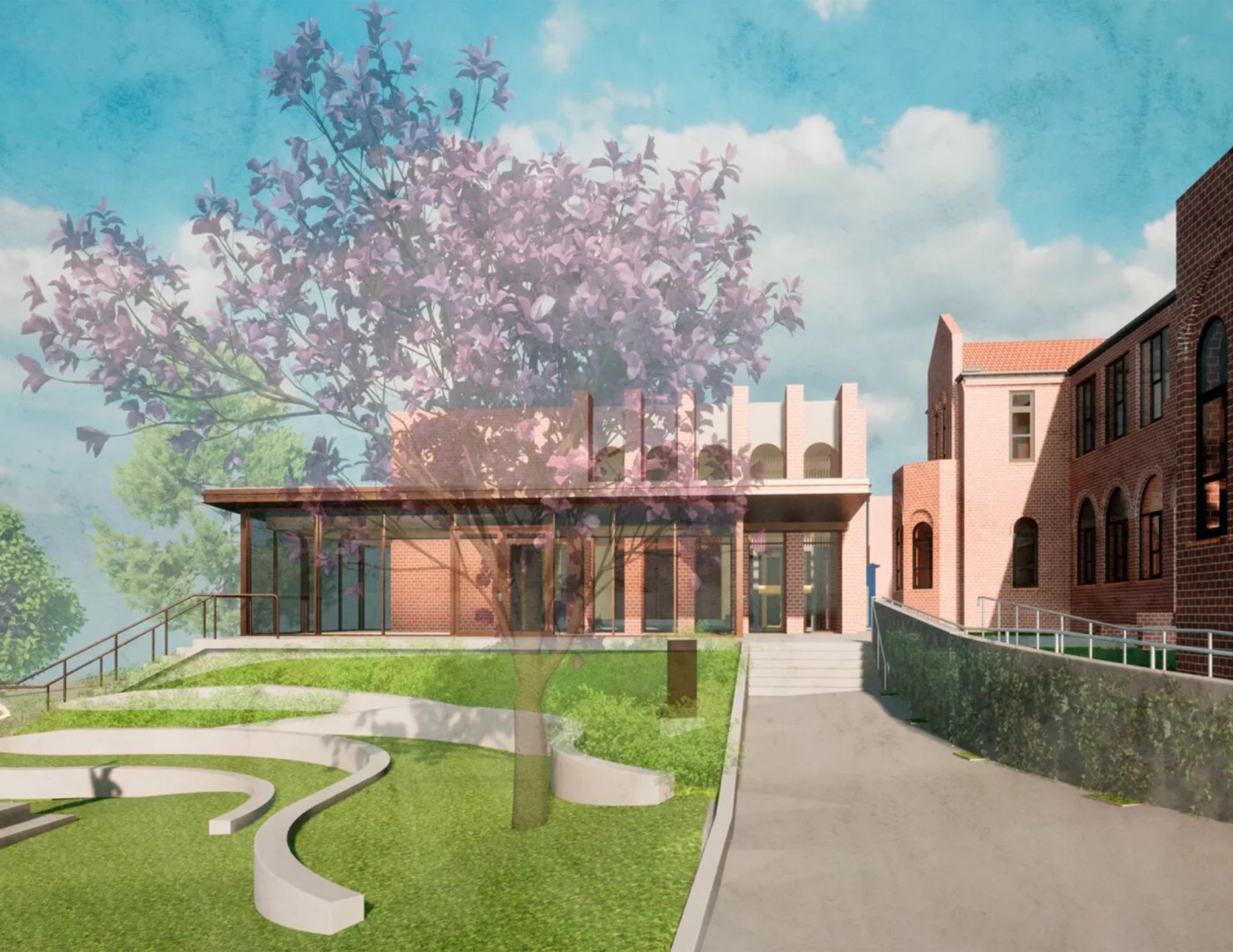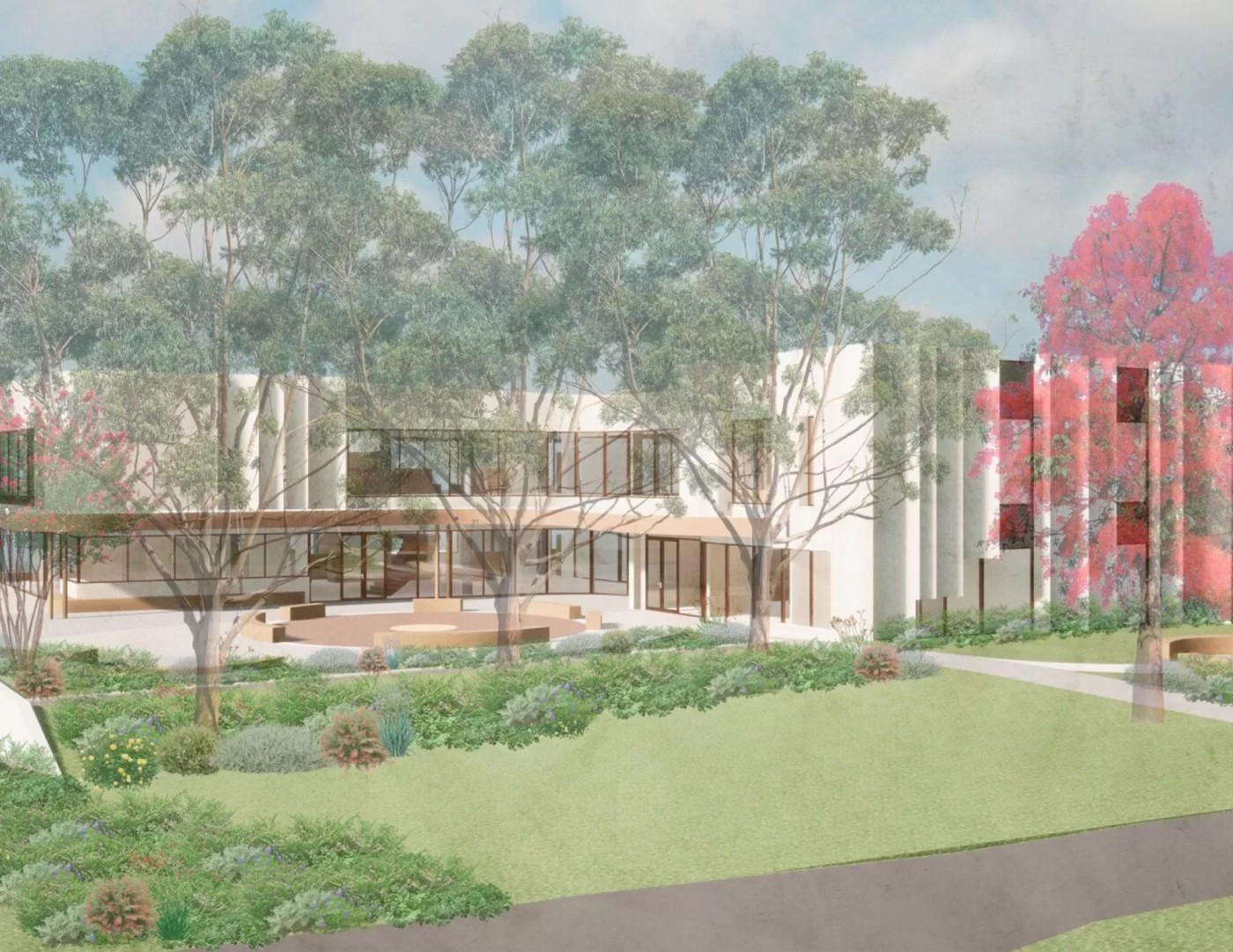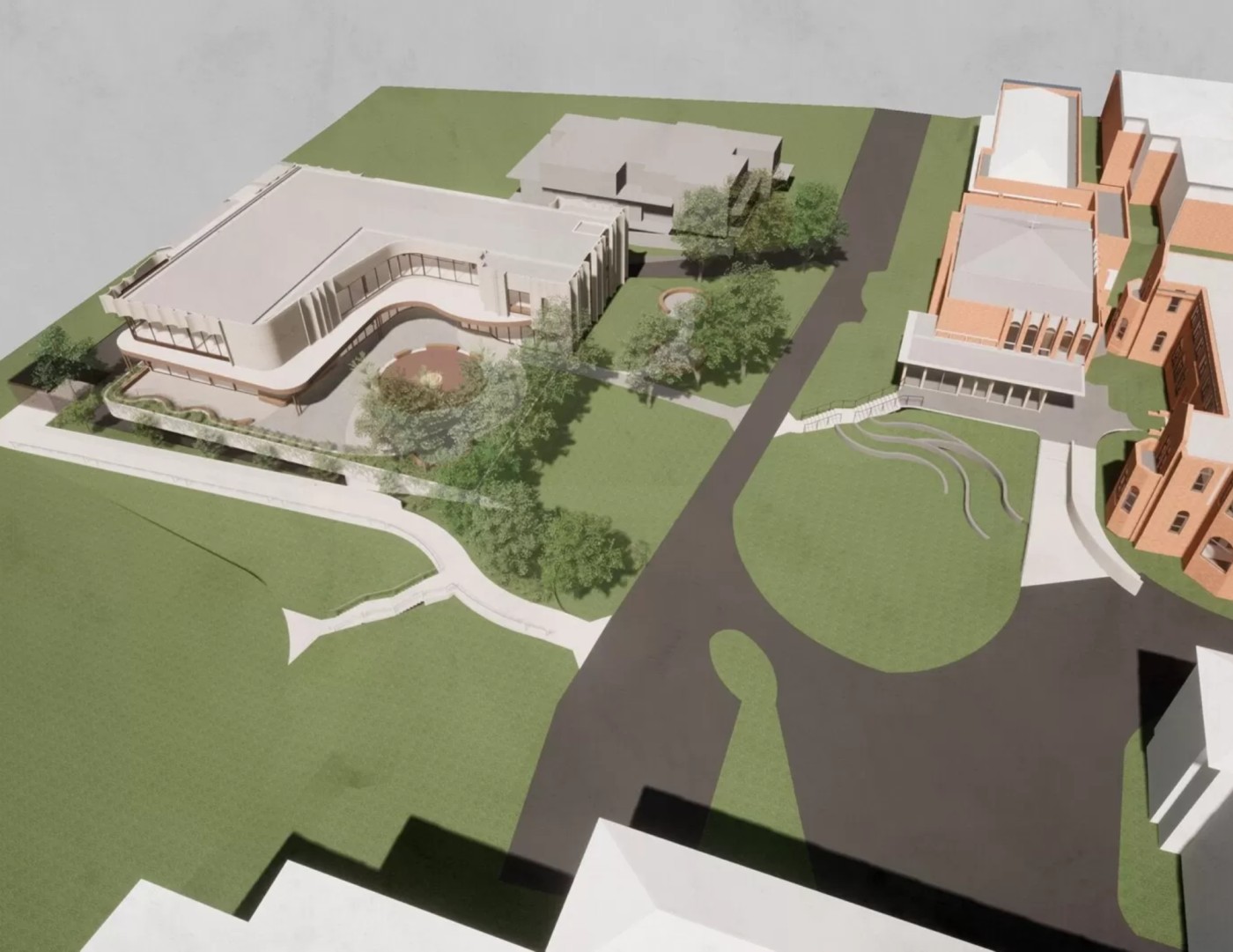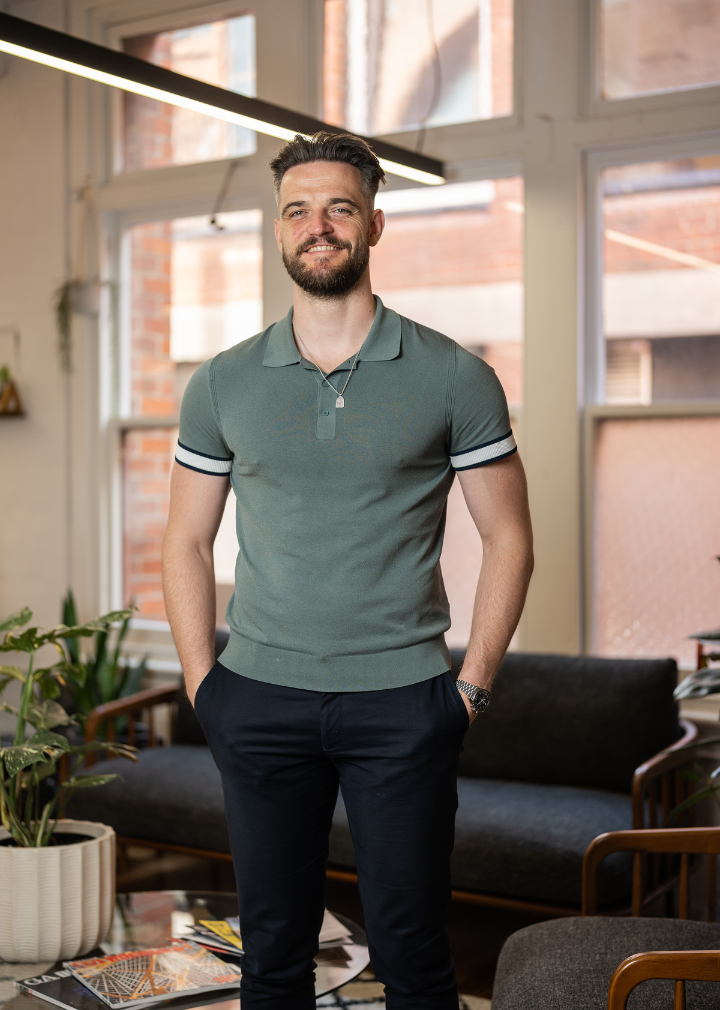Santa Maria College S1 & S2
The second phase of Santa Maria College’s campus redevelopment continues the transformation of this historic Northcote site. Following the removal of the Marion House—originally built in 1974 for retired sisters—the college sought to create a new, future-focused facility for Year 9 and 10 students.
The new three-storey building sits sensitively within the site’s hilly topography, cutting into the western slope to form a partial basement and undercover carpark. This level also acts as a podium, integrating seamlessly into the landscape before stepping into the upper levels, which house flexible, modern learning spaces that prioritize collaboration and innovation.
The structure is built on a combination of pad and raft foundations, designed to accommodate the site’s highly variable soil conditions. A hybrid vertical system of in-situ concrete columns and walls, precast elements, and isolated steel columns supports the building.
Levels 1 and 2 feature post-tensioned reinforced concrete slabs, while the roof and canopies are framed in structural steel. Precast concrete panels fixed to the structure form the striking façade.
Architect:
Year:
Construction Budget:
Challenges:
Williams Ross Architects
2024
$17.85M (approx.)
The site’s steep slope and varying soil conditions required a flexible foundation approach. A pad and raft system was used to avoid piling and manage differential settlement.
To maximise space and basement access, eastern shear walls were replaced with RC moment frames, and slip joints were added to the western retaining wall for seismic performance.
Nearly 10-tonne precast façade panels were fixed with flexible connections, allowing seismic movement and improving structural efficiency.
Architect:
Williams Ross Architects
Year:
2024
Construction Budget:
$17.85M (approx.)
Challenges:
The site’s steep slope and varying soil conditions required a flexible foundation approach. A pad and raft system was used to avoid piling and manage differential settlement.
To maximise space and basement access, eastern shear walls were replaced with RC moment frames, and slip joints were added to the western retaining wall for seismic performance.
Nearly 10-tonne precast façade panels were fixed with flexible connections, allowing seismic movement and improving structural efficiency.








